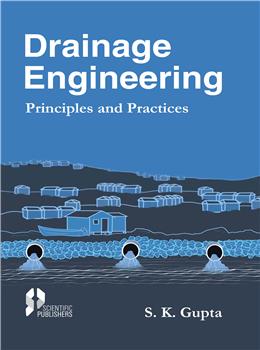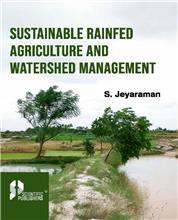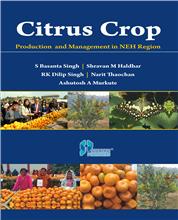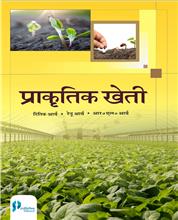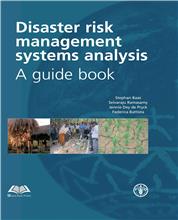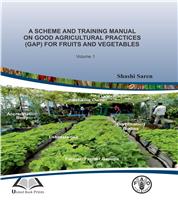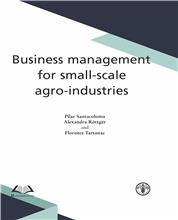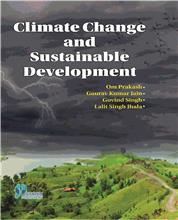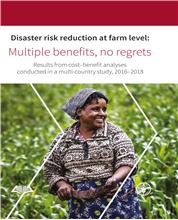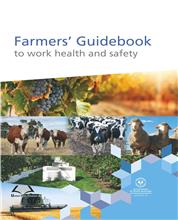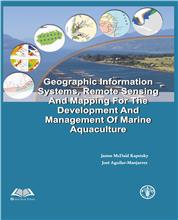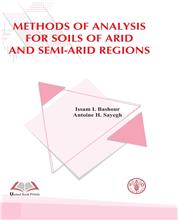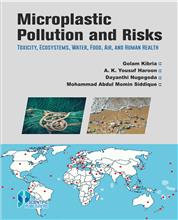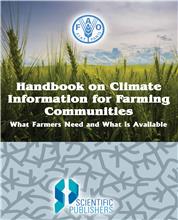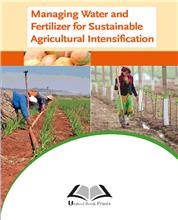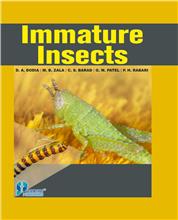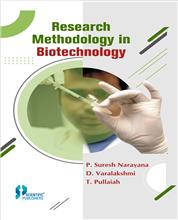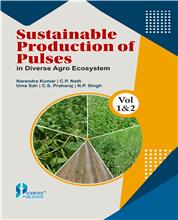Preface
About the Book
About the Author
1. WATER LOGGING – SOIL SALINITY AND DRAINAGE
Soil and Water Related Problems
Irrigation, Drainage and Associated Problems
Water Logging
Brief History and Extent of Water Logging
Impacts of Water Logging
Soil Salinization
Drainage Problems in India
Prevention, Management and Reclamation
Artificial Drainage
Types of Drainage Systems
Realization of Drainage Needs
Global and Indian Scene
Questions (Theory)
Questions (Objective)
2. SURFACE DRAINAGE METHODS
Definition
Surface Drainage Requirement and Crops
Factors Affecting Design of Surface Drainage
Design of Surface Drainage Systems
Drainage Coefficient
Empirical Formulae for Collector/Main Drains Design
Drainage Components and Field Practices
Design of Field Drains
Outlet
Construction
Maintenance of Open Drains
Field Assessment of Benefits of Surface Drainage
Non-conventional Drainage Systems
Questions (Theory)
Questions (Objective)
3. DRAINAGE INVESTIGATIONS
Introduction
Stages in Drainage Investigations
Reconnaissance Survey
Topographic Survey
Soil and Geological Survey
Photogrammetric Survey
Groundwater Surveys
Groundwater Investigations
Water Transmission Characteristics
Hydraulic Conductivity
Laboratory Methods
Field Methods
Drainable Pore Space
Subsurface Drainage Coefficient
Collation and Application of Data
Questions (Theory)
Questions (Objective)
4.DESIGN OF SUBSURFACE DRAINAGE SYSTEMS
Introduction
Layout
Drainage Criteria
Drain Depth
Spacing of Lateral Drains
Design Equations (Steady State)
Selection of Steady State Equation
Unsteady State Equations
Fluctuating Water Table
Recommendations on Drain Spacing
Interceptor Drainage for Sloping Lands
Capacity/Size of Drains
Drainage of Paddy Fields
Questions (Theory)
Questions (Objective)
5.DRAINAGE MATERIALS
Introduction
Materials for Drain Pipes
Testing Flexible Pipes
Tests on Fittings
Load on Conduits
Envelopes
Need of an Envelope
Parameters to Assess theNeed of an Envelope
Entrance Head Loss and Resistance
Drain Envelope Design
Criteria for Granular Envelope
Design and Selection of Synthetic Envelope
Tests on Synthetic Envelope Materials
Organic Envelopes
Questions (Theory)
Questions (Objective)
6.CONSTRUCTION AND EVALUATION OF SYSTEMS
Introduction
Pre-installation activities
Construction Methods
Manual Construction
Mechanical Installation
Land Drainage for Peat and Muck Soils
Drainage Structures
Maintenance of Pipe Drainage Systems
Inspection and Quality Control
Tender Document
Organizational Set-up
Monitoring and Evaluation
Drain Outflow Method to Evaluate Soil Parameters
Crop Cutting Experiments
Measurement of Sediment Deposits
Water and Salt Balance
Questions (Theory)
Questions (Objective)
7.SPECIAL DRAINAGE TECHNOLOGIES
Introduction
Mole Drainage
Mole Drainage: Indian Experiences
Failures and Remedies
Drainage for Seepage Interception
On-farm Ponds for Seepage Interception
Vertical Drainage
Theory of Flow to Drainage Wells
Bio-Drainage
Suitability of Drainage Methods
Integrated Drainage Systems
Special Activities to Improve Drainage Effectiveness
Questions (Theory)
Questions (Objective)
8.SALT AFFECTED SOILS:RECLAMATION AND MANAGEMENT
Terminology
Salt Affected Soils
Formation of Salt Affected Soils
Extent and Distribution of Salt Affected Soils
Reclamation of Alkali Soils
Crops and Alkali Tolerance
Determination of Gypsum Requirement (GR)
Alkali tolerance and Crop Selection
The Package (Alkali Lands)
Phyto-remediation of Alkali Lands
Reclamation of Saline Lands
Cropping in Saline Soils under Reclamation
Land Modifications and Planting Management
The Package (Saline Lands)
Reclamation of Saline-Alkali Soils
Questions (Theory)
Questions (Objective)
9.RECLAMATION AND MANAGEMENT OF ACID SOILS
Introduction
Definition, Characterization and Formation of Acid Soils
Kinds of Soil Acidity
Extent and Distribution
Causes of Low Productivity in Acid Soils
Management of Acid Soils
Liming
Industrial wastes as Amendments
Engineering and Agronomic Measures
Crop Selection: Acid Tolerant Crops
Special Cases of Acid Soils
Questions (Theory)
Questions (Objective)
10.CHARACTERIZATION AND MANAGEMENT OF SALINE WATER
Introduction
Origin of Salts in Irrigation Water
Extent and Distribution of Saline Water
Chemical Characteristics to Characterize Water Quality
Salinity Hazard: Electrical Conductivity (EC)
Sodium/Alkali Hazard
Toxicity Hazard
Combination of Parameters to Assess Water Quality
Infiltration Problems
Soil Salinization
Water and Salt Balance of the Root Zone
Leaching Requirement
Leaching Fraction and Soil Salinization
Management Strategies for Saline/Alkali Water
Chemical Amendments
Water Quality Guidelines for Irrigation
Disposal of saline Drainage Effluents
Management of Toxic Water
Management of Waste Water
Questions (Theory)
Questions (Objective)
11.ECONOMIC ANALYSIS ANDSOCIO-ENVIRONMENTAL ISSUES
Costs
Investment on Machinery
Benefits
Economic Analysis
Evaluation Indices
Calculation of Indices
Case Studies of Economic Analysis
Comparison of Two Drainage Systems
Cost Recovery
Documenting Indirect Benefits
Environmental Impact Assessment
Farmers’ Participation
Land Drainage: Current Status and Issues
Questions (Theory)
Questions (Objective)
Annexures I - VI
Annexure I: Bill of Quantities for Surface and Subsurface Drainage Systems Construction
Annexure II: Ground Water Balance
Annexure III: Irrigation Water Salinity Limitsfor Selected Crops
Annexure IV: Farmer's Consent /Agreement
Annexure V:MOA for Farmer Drainage Societies (FDS)
Annexure VI: Handing over the Block to Drainage Society
Glossary
References
Answers to Objective Type Questions
Conversion Tables
Subject index
